Asking yourself: “can you eat moss?” or “is moss edible?” when you’re stuck on a mountainside with no food or water left in your backpack, isn’t so far-fetched. With more than 12,000 varieties of moss found around the world, finding edible ones is easier than you might imagine. So, preppers in remote areas should how to find edible moss as it might very well save your life.
Now, on to answering your most pressing question:
Can you eat moss? Yes, but there are certain types that are harmful to humans. By correctly identifying moss, you can avoid toxic or inedible varieties. In a survival situation, you can sustain yourself on moss by eating it, obtaining water from it, or tapping into its medicinal properties.
In this article, I explain how you can identify edible moss, where it’s found, and how to prepare and eat it. I’ll also touch on some of the health benefits this unique type of survival food contains. Moss also has other properties that could save your life, so I’ll include a little information about those too.
Despite the fact that mosses don’t have a high number of calories, they can still be useful to you as survival food. Moss can be filling if you’re starving and have nothing in your stomach. It can also provide pain relief when used as tea. You’ll be surprised to learn that moss also contains vitamins and minerals such as Vitamin A, Vitamin B, Vitamin E, Vitamin K, magnesium, zinc, iron, and iodine.
I’ve compiled a list of the more common types of edible moss you may encounter on your hikes and rambles.
Disclaimer: this is purely informational and is should not be considered health advice. Please consult appropriate field manuals before eating any type of moss.
Most Common Types of Edible Moss
Sphagnum moss species
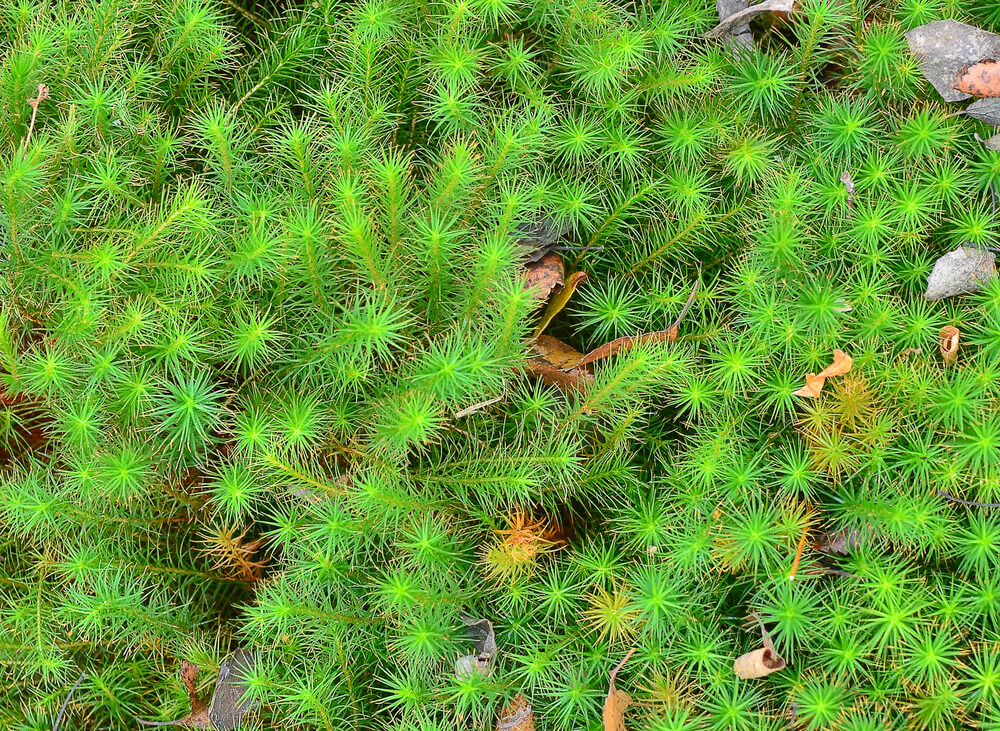
Sphagnum moss is a genus made up of more than 380 species of moss. It is more commonly known as peat moss or just peat. Peat moss has the ability to hold large amounts of moisture and can accumulate in some areas to many meters in depth. This makes it easy to find and an ideal source of water to drink.
You can identify peat moss plants by their main stem, with its tightly arranged, tinny cluster of branches and scattered leaves of varying sizes and shapes that dot the stem. It’s easy to harvest in the large quantities you’ll need to make bread or squeeze water from.
Peat moss acts as an ideal wheat flour substitute to make bread. Although it has little nutritive value, making bread with peat moss as a filler can increase the quantity of your limited flour rations. You can also pound it into a paste and boil it with salt and pepper for a somewhat bitter meal. You can reduce the bitter flavor by boiling it repeatedly, each time discarding the boiled water.
Used as a wound dressing for many centuries, peat moss is highly acidic. This acidity inhibits the growth of bacteria and fungi but also gives moss its bitter flavor. For this reason, it has also seen use in preparations for treating skin conditions such as acne, eczema, and ringworm. In a survival situation, peat is most effective as an alternative to chlorine for treating water.
Common Haircap Moss
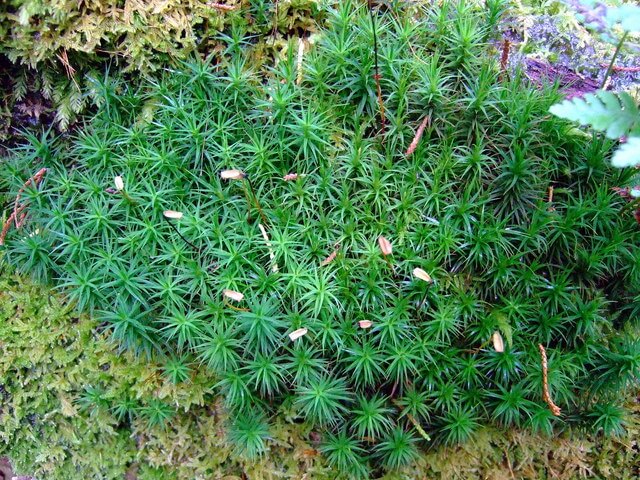
Common Haircap Moss is easy to identify, as it has the appearance of a dense cushion of little stars when viewed from above. From the side, their stems look like little Christmas trees. Together with its 10-40 cm stem and dark green or blueish hue, you can easily pick it out immediately.
Herbal medicine has historically included Common Haircap Moss. Unfortunately, other than traces of vitamins and minerals, it has very little nutritive value. As with most mosses, boiling it first leaches out some of the more acidic compounds, making it more palatable and easier on your stomach.
Silky Forklet Moss
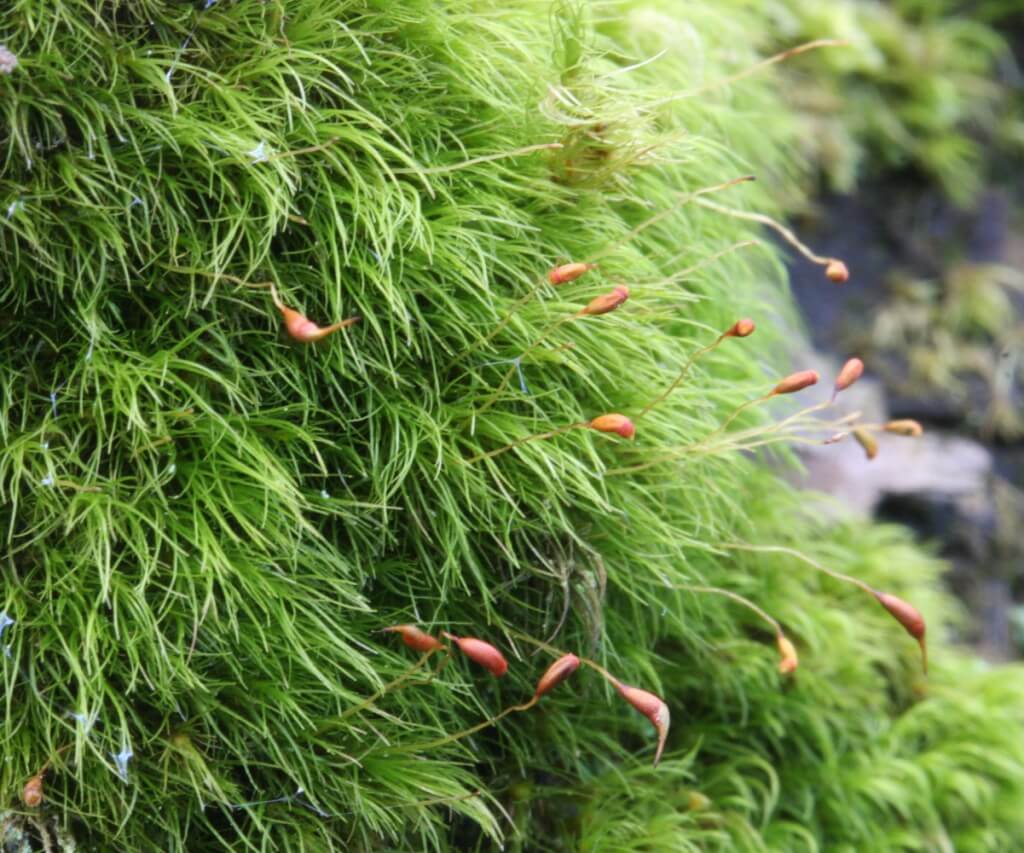
Silky Forklet Moss is yellowish-green in color and grows in clumps up to 3 cm in height. You can find it in acidic soils, on tree stumps, and on river banks. The clumps of moss are not very large and you will be hard-pressed to collect enough of it to make a meal.
Swan’s-Neck Thyme Moss
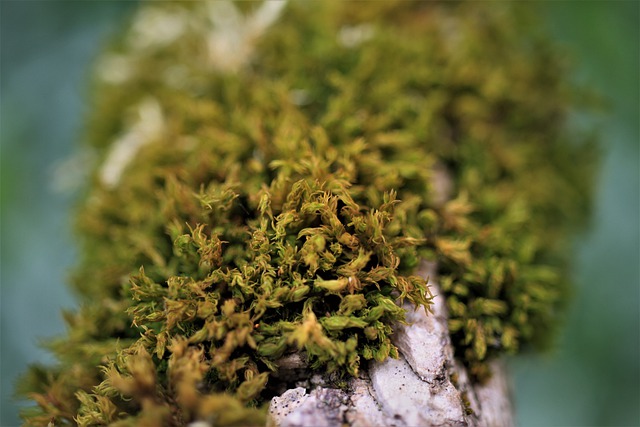
You’ll find the dull green-colored Swan’s-Neck Thyme Moss in heavily wooded areas. It grows in bunches up to 8 mm high, which you’ll need to locate on rotting logs and tree stumps as this is its preferred growing medium. It is also found on acidic rocky ledges close to water.
Swan’s neck thyme-moss was traditionally used to stuff mattresses. This was because people believed it would provide them with a much-improved sleep. Whether this is the case or not, scientists have recently discovered that this moss contains seven fatty acids. One of these is arachidonic acid, which helps to reduce inflammation and heighten immunity.
Common Tamarisk Moss
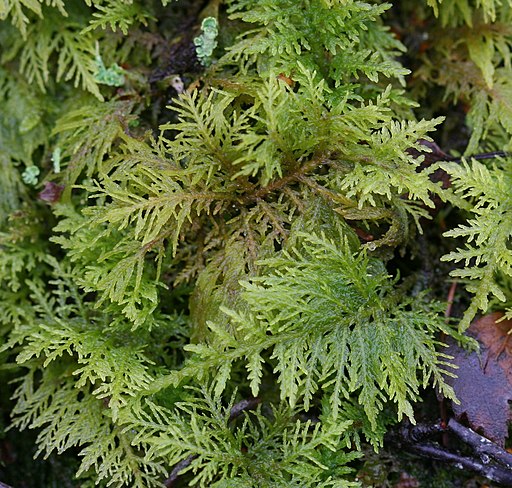
You can find Common Tamarisk Moss in shady wooded areas on trees, stumps, and deadwood. When growing in soil, they cover the ground in a heavy carpet-like mat. This edible moss is also an excellent insulation material due to its carpet-like structure which traps heat effectively.
Glittering Wood Moss

Glittering Wood Moss is very similar to the Common Tamarisk Moss and appears in wooded areas as a heavy matted growth. It is very widely distributed across North America, Europe, and Asia, as well as parts of Africa, Australia, and New Zealand. It holds water very efficiently, so it’s a great source of moisture if you’re desperately short on supplies.
When dried out, it makes excellent kindling if you’re ever in need of starting a fire quickly and easily. The moss insulates very efficiently and is still used to fill cracks in remote wooden cabins today. More recently, scientists have discovered anti-tumor agents in the moss.
Square Goose Neck Moss

Swampy areas and bogs are where you will find Square Goose Neck Moss. It is easy to identify by the shape of its leaves, which gives the moss its name. You will find this moss throughout the world as it is both hardy and resistant to changes in climate. Apart from its edible properties, this moss makes an excellent insulator and fire starter.
How to Prepare Moss in the Wild
If you are in need of sustenance, then moist bark or tree stumps, as well as rocks along river beds, provide the most nutritious and bioavailable moss. Once you’ve identified the moss you want, separate it from any debris or dead leaves, leaving the rhizoids behind. The rhizoid is a tiny hair-like unicellular structure that absorbs water and nutrients. It grows horizontally underground, much like the root structure of a plant.
When you’re out harvesting, look for green, fresh colors that indicate the freshest moss available. Try to avoid old, yellow, or discolored moss as it won’t provide the same moisture or nutrition that young, new shoots do. Once harvested and cleaned of insects or debris, the moss is ready for cooking.
Wash your moss in water and pound it into a paste using a stick or smooth river rock. Use a broad leaf as a container and place the moss inside. Wrap the leaf up using stringy tree bark or other leaves and place it in boiling water. Once the moss has been well-boiled, it is edible. This is preferable to eating moss raw. A little salt, pepper, or other spices helps to make the meal more palatable.
Other uses for moss
Medicinal
Throughout history, treating wounds externally with a moss poultice and internally with a moss tea or potion was quite common. Although this should not be necessary nowadays, in an extreme emergency, you can make a bandage out of moss. It will also prevent bacterial and fungal growth, so pop some in your socks to prevent Athlete’s Foot.
Emergency Water Supply
When water is scarce, various moss species store large quantities of water in their leaves. You can either squeeze bunches of moss to extract the water or you can use it as a water filter and water purifier. Placing moss in your water container will help to purify water in a similar way to how you would use chlorine.
Insulation
Due to its tightly intertwined structure, handfuls of moss effectively insulate clothes and shoes in cold conditions. If you have access to larger quantities such as peat moss, then you can insulate your roof very efficiently by chopping out lengths of moss and placing it on top. The root-like rhizoid structure knits together quite quickly and forms a waterproof barrier in a few days.
Direction Finding
Any scout will tell you that moss grows on the side of a tree or rock that faces away from the sun. So, moss will be found on the north side in the northern hemisphere and on the south side in the southern hemisphere.
This is not always completely accurate as moss accumulates where there is moisture. For a more accurate fix, you must look for a vertical, flat surface that is more than 1.5 meters from the ground. Factors such as water runoff or humidity from ground evaporation will be less likely to have affected the moss growth above that height.
Lighting a Fire
Dry moss also makes excellent tinder. Gathering it from areas of old-growth ensures that it is devoid of moisture and will light easily. Rather than waiting for an emergency to befall you, gather up some dry moss ahead of time when you have the opportunity to select an ideal bunch.
Conclusion
I hope that you have enjoyed the information we’ve shared on how moss can assist you to survive when you either run out of food and water or experience a medical emergency in a remote area of the wilderness.
Identifying and harvesting moss is a quick and efficient way to obtain sustenance in an SHTF situation. Not only can you eat moss, but you can light a fire, purify water, and stay warm using this versatile wilderness organism. For this reason, collect a little moss before disaster strikes and it may just save your life.
FAQ
Is it healthy to eat moss?
Yes, eating moss is healthy. Although it has a low nutritive value, moss contains vitamins and minerals along with other compounds that promote good health.
Can you eat Oak Moss?
Yes, you can eat it but only after boiling it a couple of times first. It is actually a lichen and is considered toxic when eaten raw.

[lasso rel="emergency-preparedness-more-a-manual-on-food-storage-and-survival-2nd-edition-revised-and-updated" id="35334"]